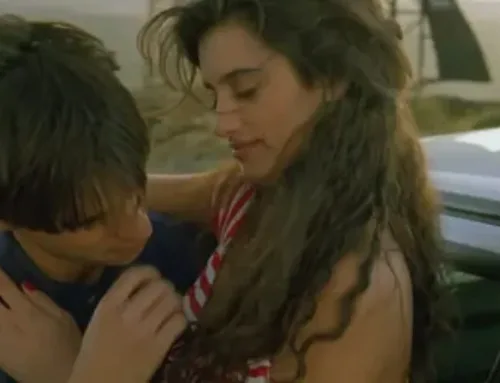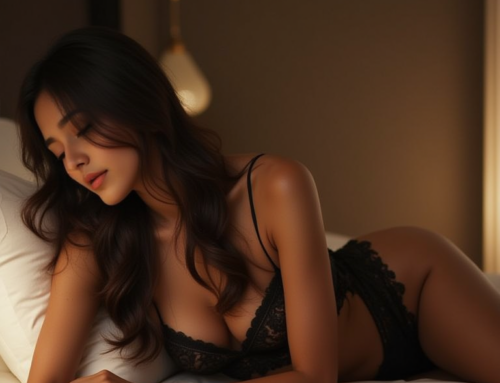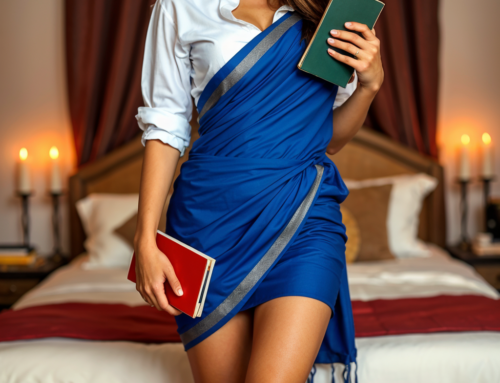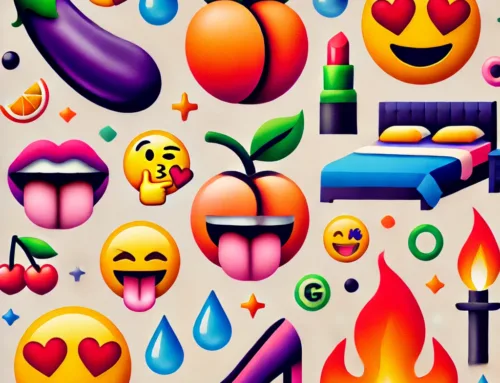Oktoberfest, the world-famous festival originating in Munich, #Oktoberfest #Oktoberfest2024 #Prost #BavarianStyle #Dirndl #Lederhosen #BeerFest #MunichVibes #CheersToBeer #BavarianBeer #BeerLovers #GermanBeer is a celebration deeply rooted in Bavarian culture, known primarily for its beer, food, and lively atmosphere. However, over time, it has also come to symbolize a cultural space where flirtation, seduction, and playful teasing are not only expected but often encouraged. A key part of this seductive environment is the traditional Dirndl worn by women and the Lederhosen worn by men, which have evolved to carry sexual and seductive connotations.
In this article, we’ll explore the historical link between Oktoberfest dress and seduction, why Oktoberfest is often seen as a mix of beer and flirtation, and how this festival has developed into a space where traditional attire meets modern sexuality.
1. The Origins of Oktoberfest: From Royal Celebration to Cultural Phenomenon
Oktoberfest was first celebrated in 1810 to mark the royal wedding of Crown Prince Ludwig (later King Ludwig I) to Princess Therese of Saxony-Hildburghausen. What started as a horse race and public celebration in a meadow just outside of Munich soon turned into an annual event, featuring beer, food, music, and other festivities.
Over the centuries, the festival grew in popularity and size, and it became a key part of Bavarian culture. Traditional Bavarian clothing, including the Dirndl for women and Lederhosen for men, was embraced by attendees as a way to honor the region’s heritage and rural roots.
However, as the festival evolved, so did the meaning and perception of these traditional garments. What began as practical, regional attire gradually took on more modern and seductive connotations, particularly as Oktoberfest became a more commercial and internationally recognized event.
2. The Dirndl: From Working-Class Dress to Symbol of Flirtation and Sex
The Dirndl, originally a modest, practical dress worn by women in rural Bavarian and Austrian areas, has undergone a significant transformation in terms of both style and meaning. Traditionally, the Dirndl consisted of a blouse, a tight-fitting bodice, a full skirt, and an apron. It was designed for ease of movement and durability for women working in fields or domestic roles.
However, as Oktoberfest gained popularity, the Dirndl became increasingly associated with feminine sexuality and seduction. The bodice of the modern Dirndl is designed to enhance and showcase a woman’s bust, with the neckline often cut low to reveal cleavage. The waist is tightly cinched, accentuating curves and drawing attention to the bust and hips. The modern Dirndl often features shorter skirts, offering a playful and flirtatious glimpse of the legs.
The apron bow tied on the Dirndl is perhaps the most overt symbol of flirtation. As mentioned earlier, the placement of the bow has come to serve as a signal for romantic availability:
- Bow on the right side: The wearer is taken (married or in a relationship).
- Bow on the left side: The wearer is single and open to romantic attention.
- Bow in the center: Traditionally signifies virginity or innocence (less common in modern practice).
- Bow in the back: Often worn by widows or servers.
This subtle yet powerful non-verbal communication adds to the flirtatious energy of Oktoberfest, allowing women to signal their romantic status in a playful way. The Dirndl, with its revealing and form-fitting design, became a garment that blends tradition with modern flirtation, making it a key symbol of seduction at the festival.
3. Lederhosen: Traditional Masculinity and Sexual Appeal
While the Dirndl has garnered much attention for its flirtatious nature, men’s traditional attire at Oktoberfest—Lederhosen—also carries seductive connotations. Lederhosen, which are leather shorts or pants traditionally worn by men in the Alpine regions, were once the practical clothing of peasants, hunters, and farmers. They were tough and durable, made to withstand physical labor.
Today, Lederhosen have taken on a symbolic role in celebrating Bavarian masculinity. When worn at Oktoberfest, they become a marker of strength, virility, and ruggedness, and they often contribute to the overall festive and flirtatious atmosphere. Modern Lederhosen are typically paired with fitted checkered shirts or button-up blouses, highlighting the wearer’s physique.
In a festival that celebrates excess—whether in terms of beer consumption or social interactions—Lederhosen allow men to present themselves as confident, masculine, and strong, which can be an attractive combination for women attending the event. Like the Dirndl, Lederhosen have evolved to contribute to the sexual dynamics of Oktoberfest, blending tradition with modern seduction.
4. The Role of Beer and Social Liberation at Oktoberfest
Beer is the cornerstone of Oktoberfest, and its role in creating a flirtatious atmosphere cannot be overstated. The festival’s beer halls, filled with enormous communal tables, are designed for socializing. People from all over the world come together, often sharing tables with strangers. The beer flows freely, and with it comes a sense of social liberation.
Beer has historically been linked to relaxation, reduced inhibitions, and increased sociability, and Oktoberfest, with its beer tents serving liters of strong Bavarian beer, becomes a space where people feel comfortable letting their guard down. This openness and sense of freedom naturally lead to more flirtation, teasing, and romantic encounters. The lively music, dancing, and singing only add to this atmosphere of celebration and social bonding.
The combination of alcohol, festive mood, and flirtatious fashion means that Oktoberfest often becomes a space where people feel free to express themselves, flirt, and engage in playful seduction. The traditional attire—Dirndl and Lederhosen—only adds to this environment, allowing attendees to embrace their sexuality in a fun and culturally grounded way.
5. Why Oktoberfest is About Beer and Seduction
Ultimately, Oktoberfest has evolved into a celebration that is about more than just beer and Bavarian culture. It has become a space where flirtation, seduction, and social interaction are at the forefront. The festival encourages people to let loose, connect with others, and enjoy the pleasures of life, including romantic and sexual interactions.
The Dirndl and Lederhosen, once practical garments for the working class, have transformed into symbols of flirtation and desire, enhancing the festival’s sensual undertones. Beer, which is consumed in large quantities during Oktoberfest, helps create a relaxed, liberated atmosphere where people are more open to social and romantic engagement.
Oktoberfest’s unique combination of tradition, cultural pride, and modern social dynamics means that it is a festival that celebrates both indulgence and flirtation. The playful teasing that occurs between festival-goers, whether through the signals given by the Dirndl’s apron bow or the masculine appeal of Lederhosen, has made Oktoberfest not only a celebration of beer but also a celebration of human connection and seduction.
In short, Oktoberfest’s blend of beer, tradition, and flirtation creates an environment where seduction is part of the cultural experience. The traditional attire, the lively beer tents, and the festive atmosphere make Oktoberfest a celebration of life, pleasure, and romance.









Leave A Comment